Nationality United States Name Frank Wilczek Fields PhysicsMathematics Role Theoretical Physicist | Institutions MIT | |
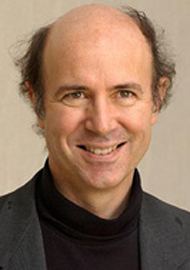 | ||
Doctoral students Mark Alford (*)Michael ForbesMartin GreiterChristoph HolzheyDavid KesslerFinn LarsenRichard MacKenzieJohn March-Russell (*)Chetan NayakMaulik ParikhKrishna RajagopalDavid RobertsonSean RobinsonAlfred ShapereSerkan CabiStephen Wandzura(*): Jointly a Sidney Coleman student Children Mira Wilczek, Amity Wilczek Books The lightness of being, Longing for the Harmonie, Fantastic Realities Similar People David Gross, Hugh David Politzer, Betsy Devine, Murray Gell‑Mann, Sidney Coleman | ||
Quantum physics and universal beauty q a with frank wilczek
Frank Anthony Wilczek (; born May 15, 1951) is an American theoretical physicist, mathematician and a Nobel laureate. He is currently the Herman Feshbach Professor of Physics at the Massachusetts Institute of Technology (MIT), full Professor at Stockholm University, as well as a Distinguished Origins Professor at Arizona State University, Tempe, Arizona.
Contents
- Quantum physics and universal beauty q a with frank wilczek
- Quanta symmetry and topology frank wilczek ias 2010
- Biography
- Research
- For lay readers
- Technical
- References
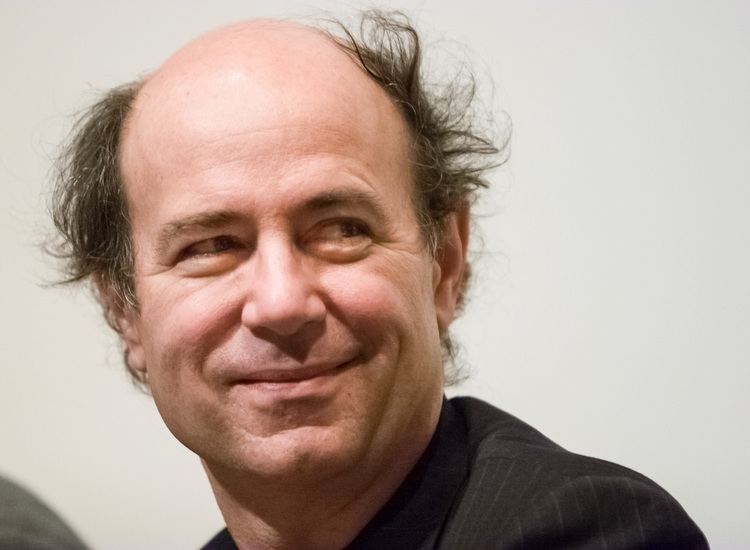
Wilczek, along with David Gross and H. David Politzer, was awarded the Nobel Prize in Physics in 2004 for their discovery of asymptotic freedom in the theory of the strong interaction. He is on the Scientific Advisory Board for the Future of Life Institute.
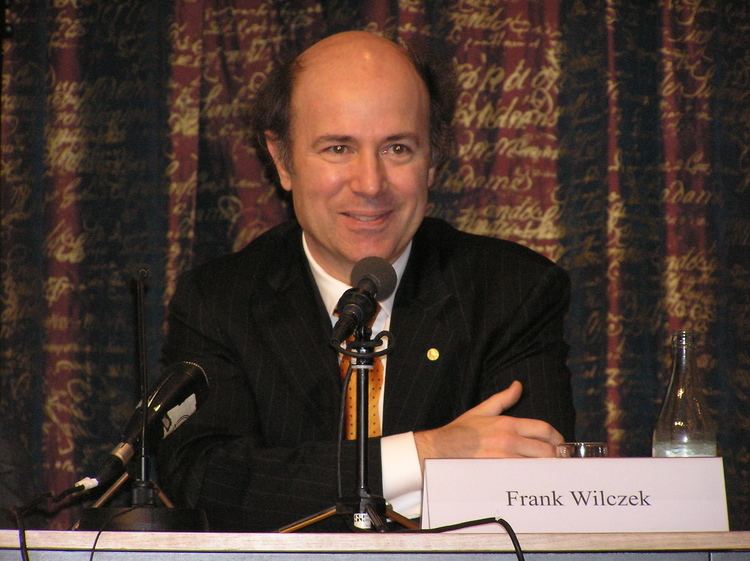
Quanta symmetry and topology frank wilczek ias 2010
Biography
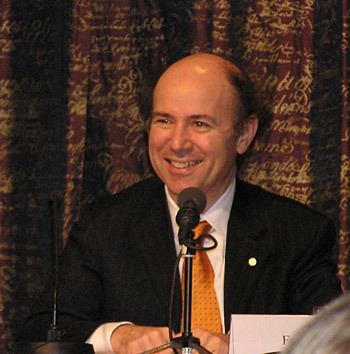
Born in Mineola, New York, of Polish and Italian origin, Wilczek was educated in the public schools of Queens, attending Martin Van Buren High School. It was around this time Wilczek's parents realized that he was exceptional—in part as a result of Frank Wilczek having been administered an IQ test. He was raised Catholic but he is an atheist.
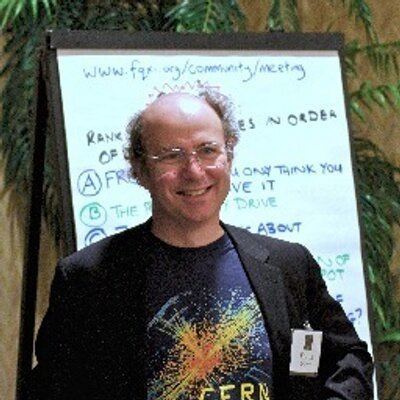
He received his Bachelor of Science in Mathematics at the University of Chicago in 1970, a Master of Arts in Mathematics at Princeton University, 1972, and a Ph.D. in physics at Princeton University in 1974. Wilczek holds the Herman Feshbach Professorship of Physics at MIT Center for Theoretical Physics. He worked at the Institute for Advanced Study in Princeton and the Institute for Theoretical Physics at the University of California, Santa Barbara and was also a visiting professor at NORDITA.
Wilczek became a foreign member of the Royal Netherlands Academy of Arts and Sciences in 2000. He was awarded the Lorentz Medal in 2002. Wilczek won the Lilienfeld Prize of the American Physical Society in 2003. In the same year he was awarded the Faculty of Mathematics and Physics Commemorative Medal from Charles University in Prague. He was the co-recipient of the 2003 High Energy and Particle Physics Prize of the European Physical Society. Wilczek was also the co-recipient of the 2005 King Faisal International Prize for Science. On January 25, 2013 Wilczek received an honorary doctorate from the Faculty of Science and Technology at Uppsala University, Sweden.
He currently serves on the board for Society for Science & the Public and is a co-founding member of the Kosciuszko Foundation of the Collegium of Eminent Scientists of Polish Origin and Ancestry.
Wilczek was married to Betsy Devine on July 3, 1973, and together they have two daughters, Amity (Academic Dean at Deep Springs College) and Mira (senior partner at Link Ventures.)
Wilczek said that "the world embodies beautiful ideas" but "although this may inspire a spiritual interpretation, it does not require one".
Wilczek has appeared on an episode of Penn & Teller: Bullshit!, where Penn referred to him as "the smartest person [they have] ever had on the show."
In 2014, Wilczek penned a letter, along with Stephen Hawking and two other scholars, warning that "Success in creating AI would be the biggest event in human history. Unfortunately, it might also be the last, unless we learn how to avoid the risks." He is a member of the Scientific Advisory Board for the Future of Life Institute, an organization that works to mitigate existential risks facing humanity, particularly existential risk from advanced artificial intelligence.
Research
In 1973 Wilczek, a graduate student working with David Gross at Princeton University, discovered asymptotic freedom, which holds that "the closer quarks are to each other, the less the strong interaction (or color charge) between them"; when quarks are in extreme proximity, the nuclear force between them is so weak that they behave almost as free particles. The theory, which was independently discovered by H. David Politzer, was important for the development of quantum chromodynamics.
Wilczek has helped reveal and develop axions, anyons, asymptotic freedom, the color superconducting phases of quark matter, and other aspects of quantum field theory. He has worked on condensed matter physics, astrophysics, and particle physics.
In 2012 he proposed the idea of a time crystal. In 2017, that theory seems to have been proven correct.
